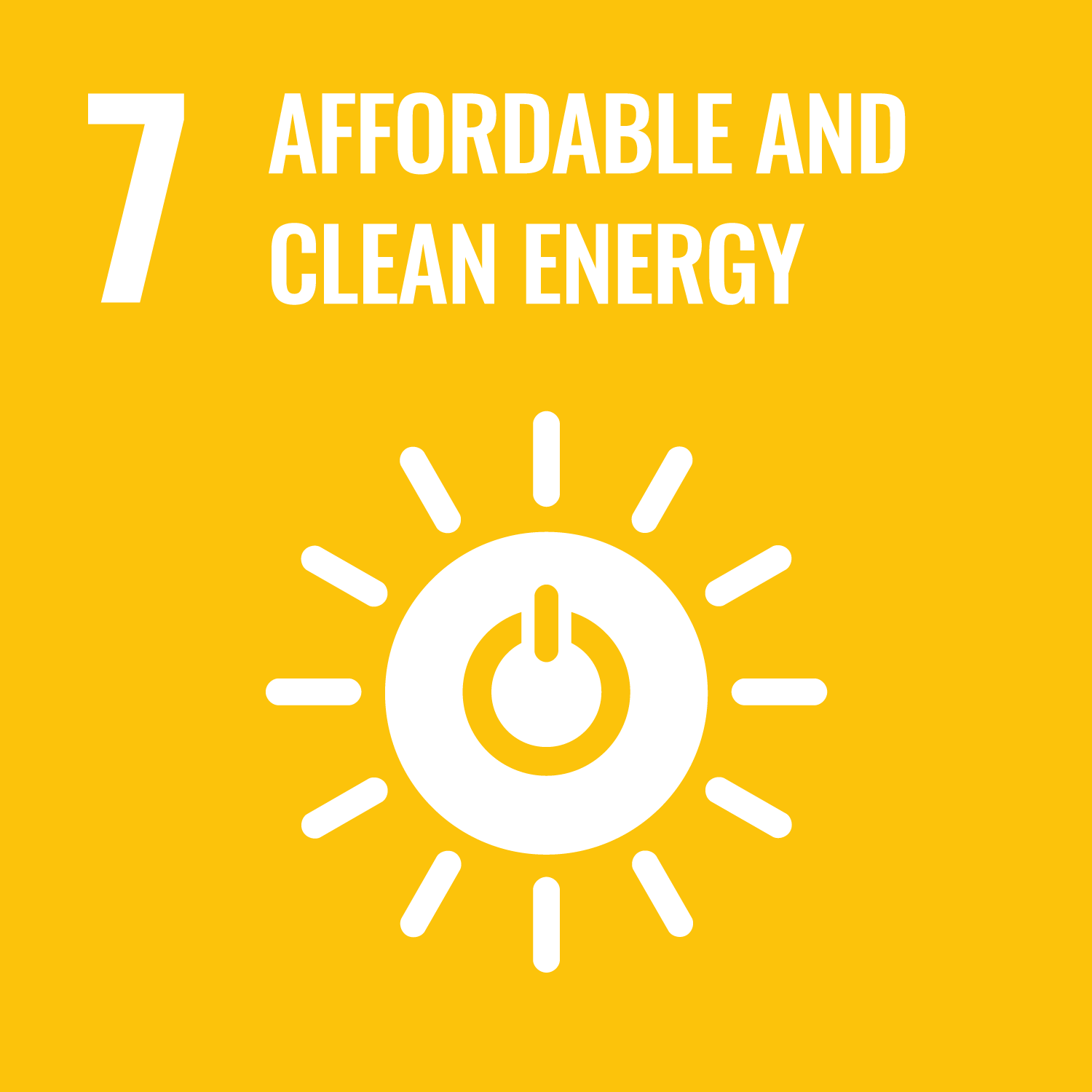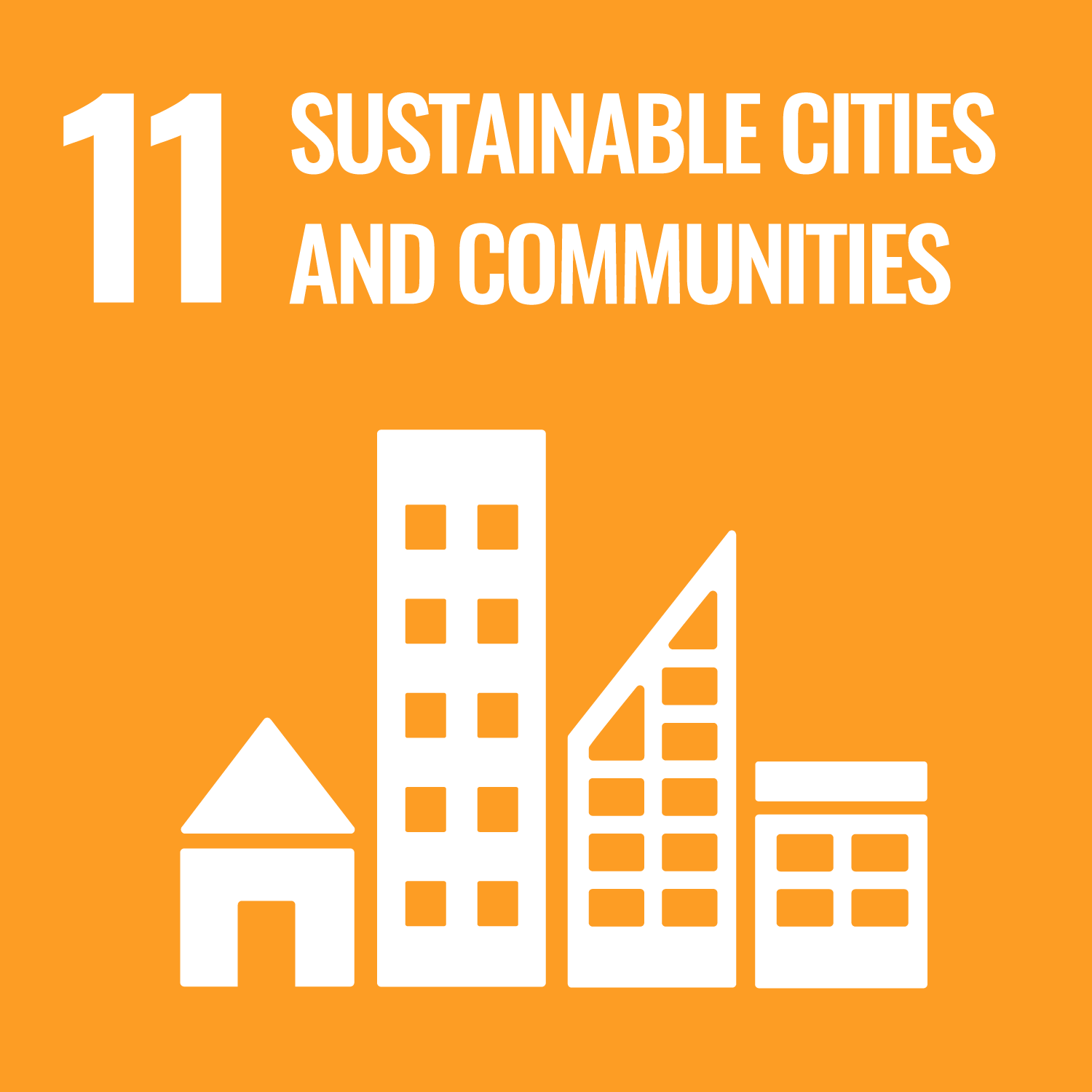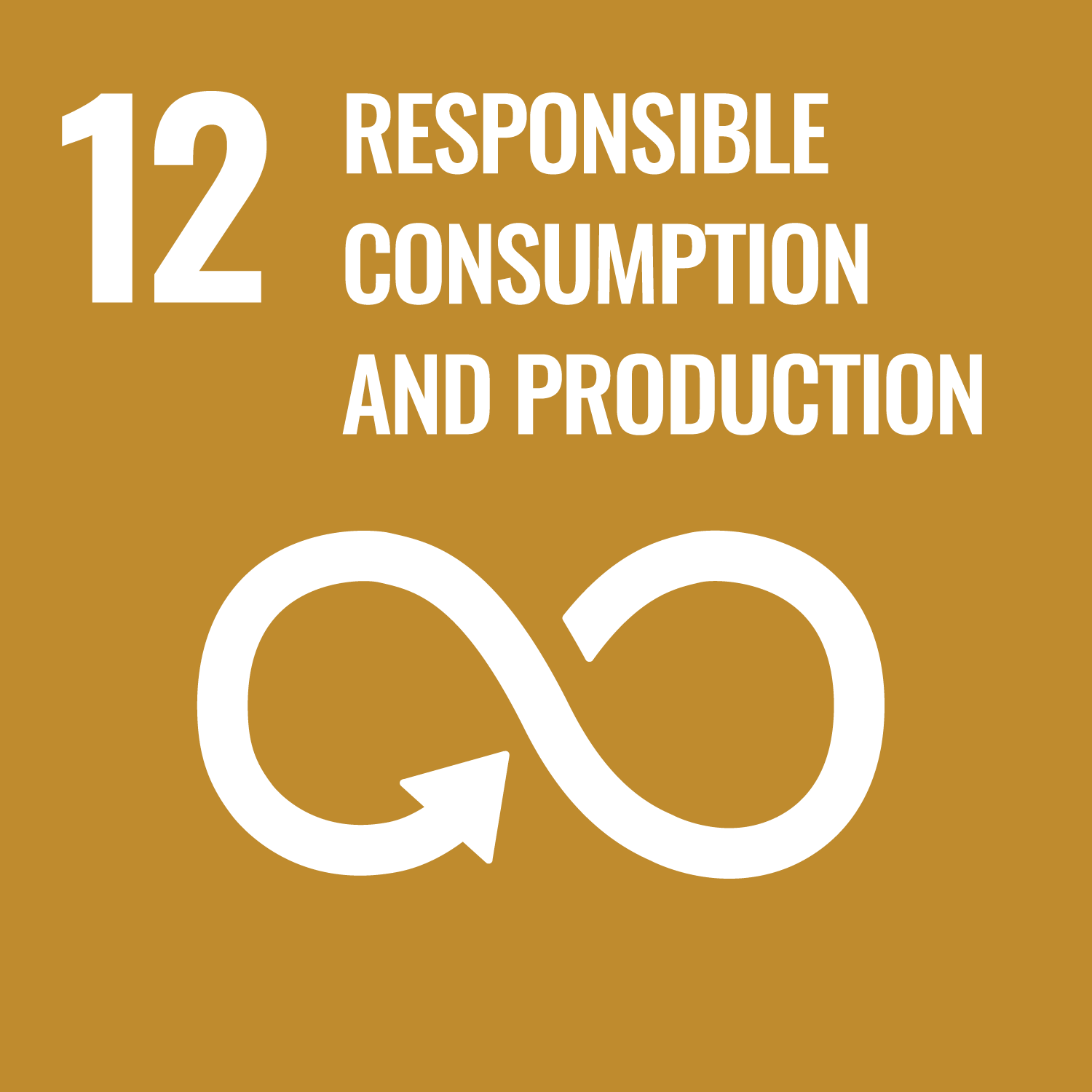LCS-FY2019-PP-20
Wind Power Generation Systems (Vol. 2):
Economic Evaluation for Future Wind Power Generation Systems Which Are Adapted to Japan Considering Large Scale Installation and Related Technological Development Issues
Summary
While the capacity of wind power has been on a steady rise throughout the world, it is stagnant in Japan. The market size in Japan is small due to the barriers of existing regulations and the lack of political support. The introduction cost of wind power systems in Japan is 1.5 to 2 times higher than the world average.
Further cost reduction of the wind power system is required to construct a zero-carbon power system, considering the additional cost of variability countermeasures and system reinforcement. Because there are many environmental issues faced when installing wind power systems in Japan compared to overseas, various attempts have been made to develop Japanese-type wind turbines. In this paper, we summarized technical and social issues of Japanese-type wind turbines, and estimated the current and future generation costs of wind power generation systems for three-blade horizontal axis wind turbines, which is the mainstream design among large wind turbines. In particular, for offshore wind power systems, we demonstrated the cost reduction provided by Japanese-type wind turbines with a high capacity factor of 50% at a wind speed of 7m/s and 7.6 m/s by increasing the rotor diameter with a low capacity output rate. As a result, for offshore wind power generation systems intended for large-scale installation, the power generation costs for bottom-fixed and floating systems were 12 yen/kWh and 14 yen/kWh, respectively. Furthermore, for offshore wind turbines with a capacity factor of 50%, the power generation costs for the bottom-fixed type and floating type are 12 yen/kWh and 13.6 yen/kWh, respectively. Although the construction costs are approximately double, the power generation cost at grid edge is almost the same. The cost of transmission can be reduced as the capacity factor increases. LCS calculations show that the costs of decarbonized power systems are from 12 to 22 yen/kWh. Offshore wind power valuable in a system with high power demand. It is necessary to evaluate an introduction strategy for wind power accounting for industrial development, and technical issues such as the distance from the power consumption area and power generation characteristics. Considering the aforementioned issues, we propose the need for industrial support to evaluate the cost of the entire grid system, and the need for the evaluation of issues assuming large-scale domestic introduction required to reduce costs.
All Pages
Related Proposal Papers
- Wind Power Generation Systems (Vol. 1): Economic Evaluation for Onshore Wind Power Generation Systems
- Economic and Technological Evaluation for Zero Carbon Electric Power System Considering System Stability (Vol. 1): Technological Development Issues for Reliable and Affordable Zero Carbon Power Supply






